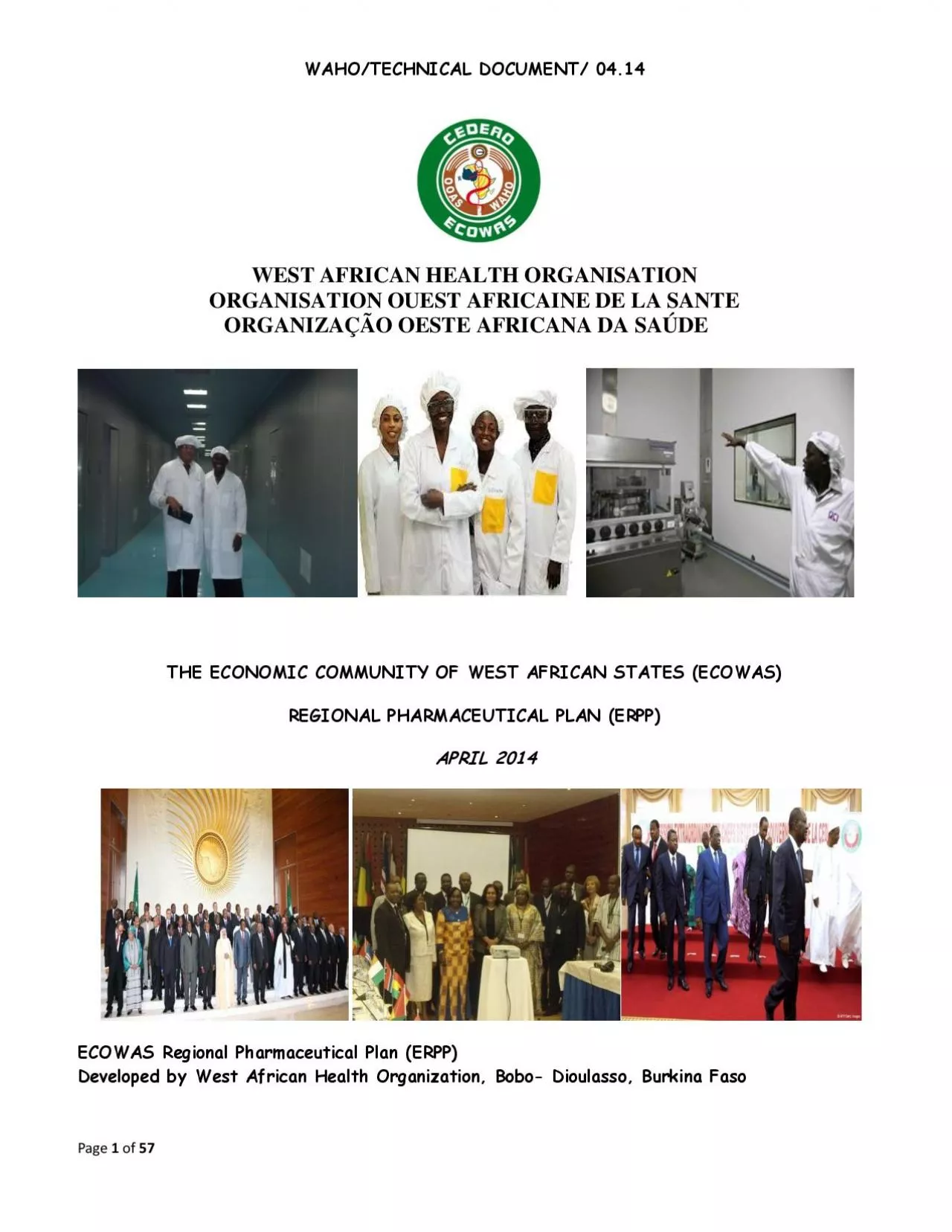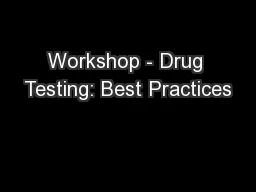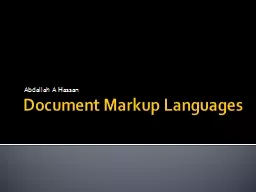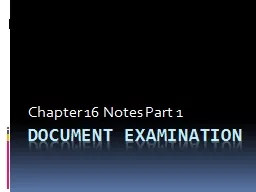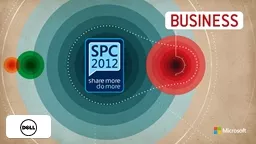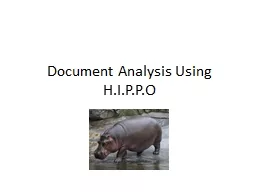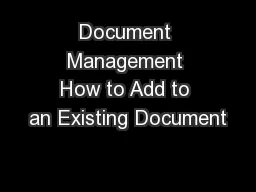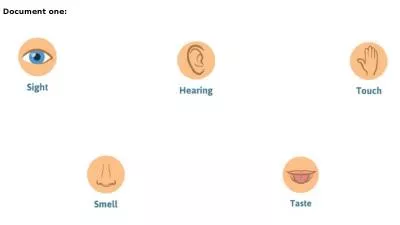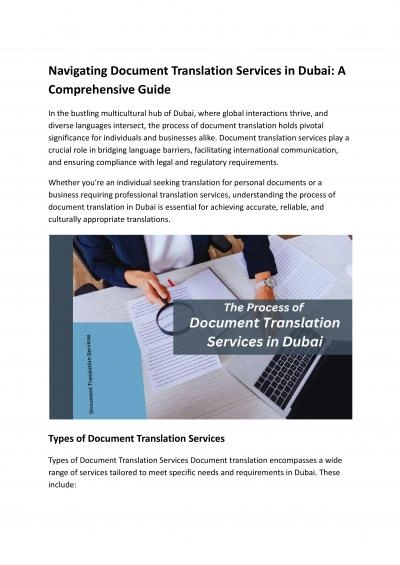PDF-WAHOTECHNICAL DOCUMENT
Author : elina | Published Date : 2021-08-17
0414Page 1of 57WEST AFRICAN HEALTH ORGANISATIONORGANISATION OUEST AFRICAINE DE LA SANTEORGANIZAO OESTE AFRICANA DA SADETHE ECONOMIC COMMUNITY OF WEST AFRICAN STATES
Presentation Embed Code
Download Presentation
Download Presentation The PPT/PDF document "WAHOTECHNICAL DOCUMENT" is the property of its rightful owner. Permission is granted to download and print the materials on this website for personal, non-commercial use only, and to display it on your personal computer provided you do not modify the materials and that you retain all copyright notices contained in the materials. By downloading content from our website, you accept the terms of this agreement.
WAHOTECHNICAL DOCUMENT: Transcript
0414Page 1of 57WEST AFRICAN HEALTH ORGANISATIONORGANISATION OUEST AFRICAINE DE LA SANTEORGANIZAO OESTE AFRICANA DA SADETHE ECONOMIC COMMUNITY OF WEST AFRICAN STATES ECOWASREGIONAL PHARMACEUTICAL PLAN. The core document contains the Introduction Scope and general requirements for the validation of different types of computerised systems This Annex contains additional recommendations which are to be used in combination with the general recommendat Greg Skipper, MD. Michael Kaufmann, MD. At the end of today’s workshop:. We will have a shared understanding of the concept of a “Best Practices” in PHP drug testing document;. We will have blueprint suggestions for the categorical content of the document;. Modern Information Systems, Inc. (MIS) started business September 1984 as a microfilm service bureau. We would film records for clients and sold the related microfilm equipment, such as reader printers. Over the intervening years MIS has become a true Records Management Company. (BUD). Overview. Purpose of the Budget Update Document. What to budget?. Where will the BUD load from?. How will budget documents be created?. Explore sections of the BUD. Budget Approval. HRMS Assignments. Abdallah. A Hassan. Agenda. What are Markup Languages?. HTML. SGML. XML. Document Type Definition (DTD). MathML. Cascading Style Sheets. Conclusions. What are markup languages?. Contents of a document . Internal Syndication Pack. Akeel Ahmed | 26 February 2014. Topics. Why Change. What happens to Author. Administration of Document Templates. Snippets – reusable content. Defining a Document and working with the Add-in. Chapter 16 Notes Part 1. The Unabomber. In 1978, a package was sent to a professor at Northwestern University.. It exploded when it was opened by a campus security officer. . The Unabomber. This started a series of bomb-containing packages sent to universities and airlines.. By . : . asef. . poormasoomi. Supervisor. : Dr. . Kahani. autumn 2010. Ferdowsi. University of . Mashad. Introduction. summary. : . brief. but . accurate. representation of the . contents. of a document. Raimund. . Wasner. Managing Director, . Kollabria. SPC197. SharePoint as a Platform. SharePoint for Business Seminar Series. Collaborative Enterprise Computing. The next step in information management. A . questioned document. is one in which the document in its entirety, or in part, is subject to question as to its authenticity and/or origin. . Any signature, handwriting, typewriting, or other mark whose source or authenticity is in dispute or is doubtful.. Document Analysis. Document Analysis in AP US History isn’t difficult and you will use the same steps each time you analyze a document.. We use the anagram H.I.P.P.O which stands for:. (H). istorical. You must be logged into both . TnCIS. and NG Document Management . TnCIS. Open either Criminal or Civil Folder depending on Case Type. Locate the case . Click on Document Management Tab . Documents currently scanned into this case will show below. Headings are an example only. You may wish to consider your own headings. Estimated age. Personality. Appearance. Bad traits. Good traits. Document three: . Comprehension questions to ‘absorb’ the video.. In the bustling multicultural hub of Dubai, where global interactions thrive, and diverse languages intersect, the process of document translation holds pivotal significance for individuals and businesses alike. Document translation services play a crucial role in bridging language barriers, facilitating international communication, and ensuring compliance with legal and regulatory requirements.
Download Document
Here is the link to download the presentation.
"WAHOTECHNICAL DOCUMENT"The content belongs to its owner. You may download and print it for personal use, without modification, and keep all copyright notices. By downloading, you agree to these terms.
Related Documents

